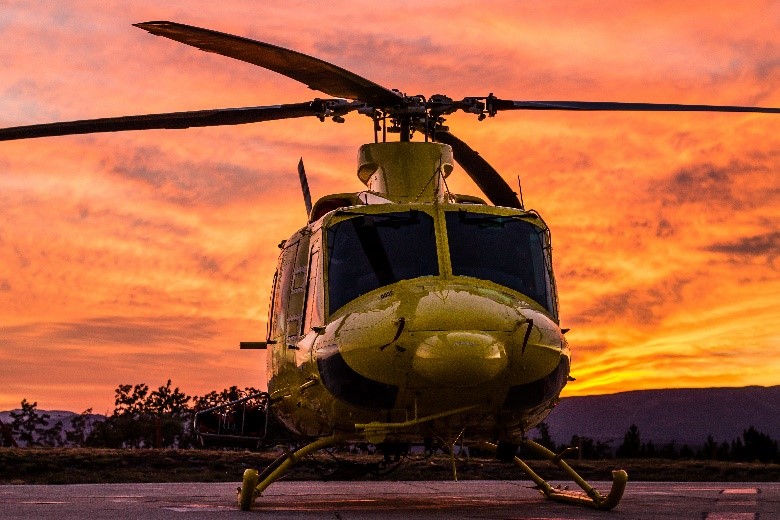SAFER APPROACH AND DEPARTURE PROCEDURES FOR ROTORCRAFT
Where rotorcraft fly under instrument flight rules (IFR), either due to airspace class or weather conditions, air traffic control currently has to manage these flights in accordance with fixed-wing procedures, often delaying overall throughput at busy airports. This is where SESAR and this solution comes in – it provides specific approach and departure procedures for rotorcraft. The solution is set to improve access to airports for rotorcraft, as well as the efficiency of airport operations where both fixed-wing aircraft and rotorcraft operate and the environmental footprint of rotorcraft at and around such airports.
Rotorcraft-specific independent IFR procedures to/from final approach & take-off areas (FATO) remove rotorcraft operations from active runways and allow aircraft and rotorcraft simultaneous non-interfering operations (SNIs). The procedures include point-in-space (PinS) and rely on required navigation performance (RNP 0.3). The rotorcraft capabilities of tight turns, steep climb and descent, combined with dedicated IFR procedures based on satellite and RNP navigation specification not only avoid the interaction of rotorcraft with fixed-wing aircraft, but also optimise operations in obstacle-rich urban environments and noise sensitive areas. The solution targets in particular relatively large and very large airports and high complexity terminal airspaces.
SESAR JU partners developed and assessed independent departure and approach PinS procedures in Milan Malpensa and Zurich airport environments. Simulation exercises were followed by live flight trials using helicopters equipped with automatic dependent surveillance – broadcast (ADS-B) out capabilities and included testing contingency events.
The validation exercises demonstrated reduced workload for controllers and pilots, improved rotorcraft access to busy airports and reduced fuel consumption. Implementation costs are also minimal as no specific ground infrastructure is required. The solution also confirmed that the new procedures can be flown with optional technical enablers related to synthetic vision systems and ground-based augmentation systems (GBAS).
Industrialisation and deployment of the solution requires further evaluation of some aspects including controller/pilot workload during non-nominal events, training and local safety case development.
Existing standards, either at European (EASA) or at international levels (ICAO) are already compatible with the implementation of the operational solution. The solution has been implemented in Austria and Estonia.
BENEFITS
Improved access and equity
Improved efficiency at busy airports
More predictable operations for all users
Greater flexibility and enhanced safety
DATAPACKS
PJ.02-05_Contextual Note
PJ.02-05_CBA_(D4.1.051)_00.01.01_20191114_clean
PJ.02-05_OSED - Part I (D4.1.012-1)_00.01.02_20191111_clean
PJ.02-05_OSED - Part IV (D4.1.012-4)_ed00.01.03_20191030
PJ.02-05_OSED - Part V (D4.1.012-5)_00.01.01_20191031_clean
PJ.02-05_TS-IRS (D4.1.022)_00.01.01_20191112_clean
PJ_02-05_OSED - SAR Part II (D4_1_012-2)_00.01.01_201911

